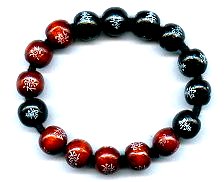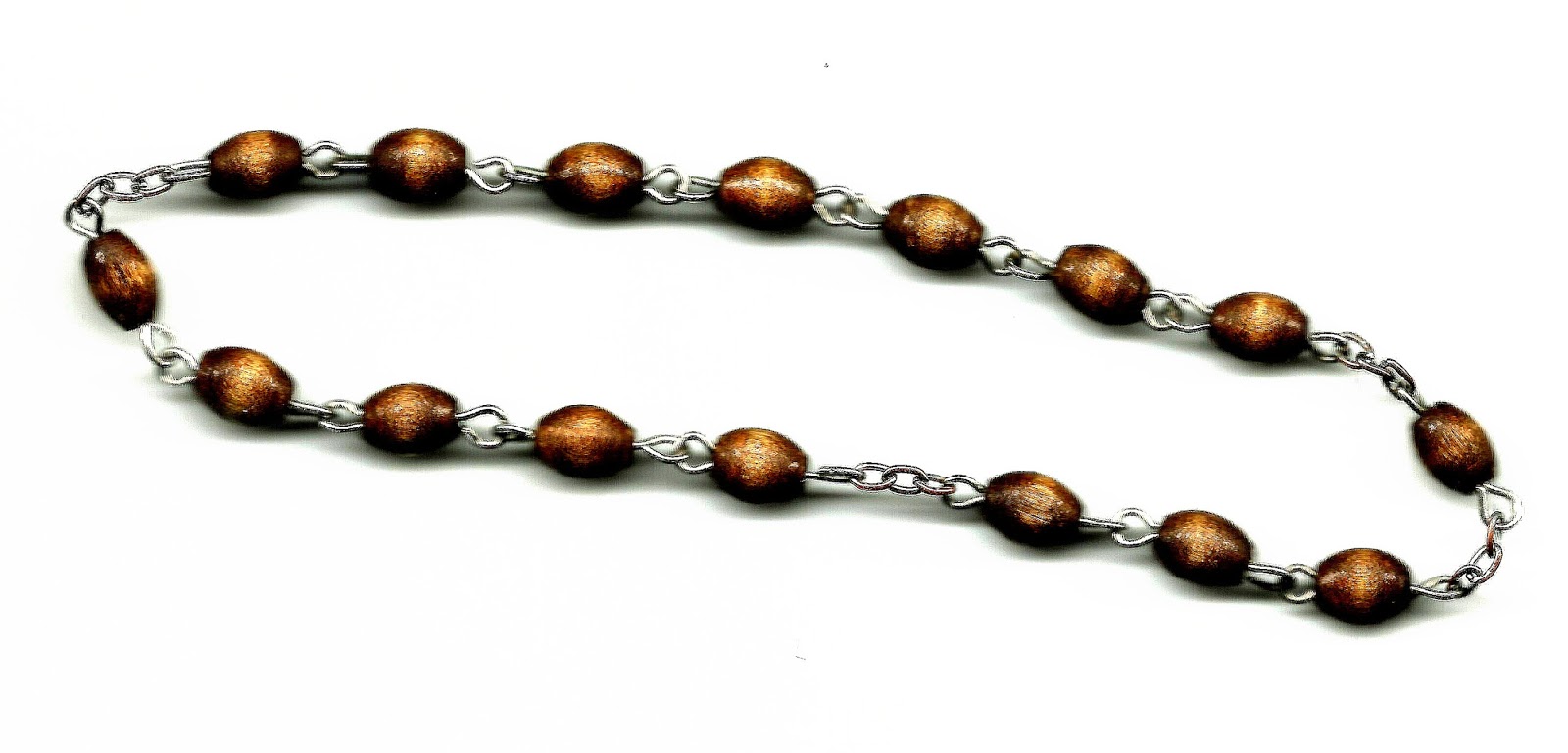Clarity,
Office 17622,
PO Box 6945,
London.
W1A 6US
United Kingdom
Phone/ Voicemail:
+44 (0)20 3287 3053 (UK)
+1 (561) 459-4758 (US).


Just to be sure, to have the same odds as coins you are using 8 beads of four colors, right?If it's a bigger question [...] I do the standard three coins method (actually using beads, but the same odds).
I wholeheartedly agree with you! How many moving lines and of which nature we get is part of the answer (in the context of the method we used, of course).The problem with reducing, say, three moving lines to one is that it means there is no difference between the times the Yi gives you one moving line and three. So, why did it give you three lines, then? Just a meaningless happenstance? Hmmm.
Actually, 16 beads (6/2/6/2). Yeah, just the same as with eight beads, I just like the feel of more beads in my hand. I did get hold of them with the idea of doing it 1/7/3/5, but I never really liked the idea. I don't get why a moving broken line should have different odds from a moving solid line. It just feels weird and unbalanced.Just to be sure, to have the same odds as coins you are using 8 beads of four colors, right?
(Say, one black bead for getting 6, three gray beads for 8, one red bead for 9 and three pink beads for 7).
Because if you're using 16 beads with the ratio 1/7/3/5 you're getting yarrow stalks odd (which is good but maybe not what you're expecting).
When I first heard about beads years ago, and read that Hilary uses them, I asked her wouldn't you get to know where they are in relation to the knot, and couldn't that influence the reading? She said the safeguard against that is exactly what you're saying - use multiple sets.Actually, 16 beads (6/2/6/2). Yeah, just the same as with eight beads, I just like the feel of more beads in my hand.
Ah, I don't have them on a string, just loose in a little bag. Usually I use a glass to roll them around in and then pick one shut eyes.When I first heard about beads years ago, and read that Hilary uses them, I asked her wouldn't you get to know where they are in relation to the knot, and couldn't that influence the reading? She said the safeguard against that is exactly what you're saying - use multiple sets.
I usually hide the knot in one of the beads so that they are not visible.When I first heard about beads years ago, and read that Hilary uses them, I asked her wouldn't you get to know where they are in relation to the knot,


Do You remember which of his books? I know that Richard Rutt got such a chapter in his Zhouyi: Ch. 6, p. 173 - 201, Routledge 2007.Actually, 16 beads (6/2/6/2). Yeah, just the same as with eight beads, I just like the feel of more beads in my hand. I did get hold of them with the idea of doing it 1/7/3/5, but I never really liked the idea. I don't get why a moving broken line should have different odds from a moving solid line. It just feels weird and unbalanced.
Not that it matters, but historically quite a few people have used systems to reduce lines to one. I think Shaugnessey points out that in the old records of consultations, at around the turn of the first millennium, it's always one moving line, never more. But things change, I don't think that's a convincing argument that it's the right way to do it. Hmm ... he also suggested that it was a two-stage process, with the first consultation being conducted to determine the hexagram and then -- if you proceeded -- to determine the line. Which is where I got my idea of using the dice. Again, I strongly reject the idea that it's the right way to consult, or even that's it's clear that that's what people did in the Zhou period. But it seemed like it might be fun to try.
EDIT: I thought Shaugnessey's theory was a bit dodgy, actually. He translates some of those yuan heng zhen words as something like "It is favorable to consult the oracle." He said that would be strange if you had already just consulted the oracle. Oooookay. But what if the prognostic statement is NOT favorable for continuing the consultation? What would the six lines be doing under that hexagram if no-one ever proceeded? I think it's a bit dubious.
I just had a quick look. It's page 96-97 of The Composition of the Zhouyi (1983).Do You remember which of his books? I know that Richard Rutt got such a chapter in his Zhouyi: Ch. 6, p. 173 - 201, Routledge 2007.
Thanks for that. Very interesting! I haven't seen it before.Thank You IrfanK!
(... found a review which I'll start with)
What is this guess-become-insight-become-fact? It is Gu's juxtaposing of lines from the Zhouyi with lines from the Shijing, or Book of Songs, to reach the conclusion, in Shaughnessy's elaboration, that the founder of the Zhou dynasty, King Wen, married the daughter (or sister or cousin; translations and interpretations vary) of the Shang king Di Yi; that the marriage was a failure; and that King Wen then married a consort who became the mother of Wen's successor, King Wu.
Yes, that's what I liked about ES's book, or thesis. Just with his little context critic bag of tricks, ignoring all the wings and all the later commentaries, he examines the Yi with a hard head and a critical eye and discovers .... GASP! ... that there are some strange and intriguing patterns to it ... that pairs seem to be there for a reason ... that bottom lines usually mean something different from top lines ... that there may be good reasons for the 1 and 2 being at the beginning ... and 63 and 64 at the end .... that sometimes the diagram actually seems to tell a story that's linked to the text ...That said, I would be remiss to end this review without noting that I heartily agree with Shaughnessy's major conclusion from his Yijing studies: that far from being a jumble of unrelated statements, the classic exhibits 'considerable creative consciousness … in the composition of the text.' We should also take to heart his conclusion that 'ancient China was a supremely literate culture, at least at the royal court and among the social elite, and was fully capable of producing the literary works of the received canon usually attributed to it.'
Clarity,
Office 17622,
PO Box 6945,
London.
W1A 6US
United Kingdom
Phone/ Voicemail:
+44 (0)20 3287 3053 (UK)
+1 (561) 459-4758 (US).